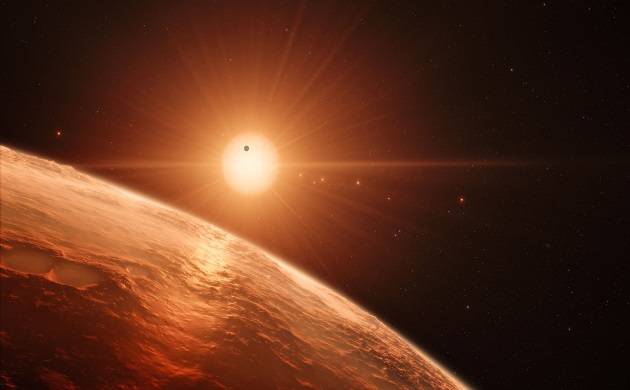
Scientists at the Max Planck Institute of Solar System Research in Germany have found out a parallel sun-earth system located 3000 light years away. The star Kepler-160 might have a planet of size twice less than earth size. There might be a supporting weather system for life because of the distance between the star and the planet. The type of light on KOI-456.04 is much similar to daylight on earth.
In the last 14 years, scientists have been able to discover over 4000 extrasolar planets around stars with the help of telescopes like CoRoT, Kepler and TESS. The star Kepler-160 was observed from 2009 to 2013 to get maximum possible details like its radius, surface temperature. For six years it is known to have two exoplanets, Kepler-160b and Kepler-160c, both bigger than earth. Surface temperature is said to be quite high but possibility of life was not ruled out. However, the small deviation in the orbit of Kepler-160c gives a possible glimpse of the third planet but this has not yet been confirmed by the scientists.
In the new study, Heller concluded that Kepler-160 is orbited by four planets and not two. One of the remaining two is supposed to be Kepler-160d due to which Kepler-160c has a deviated orbit, but the transition of Kepler-160d is not seen in the light curve. Light from Kepler-160 is very similar to sunlight. KOI-456.04 is in distance very much similar to earth and also it might have water like liquid on the surface.
These latest discoveries have been actively reported in Astronomy and Astrophysics.




